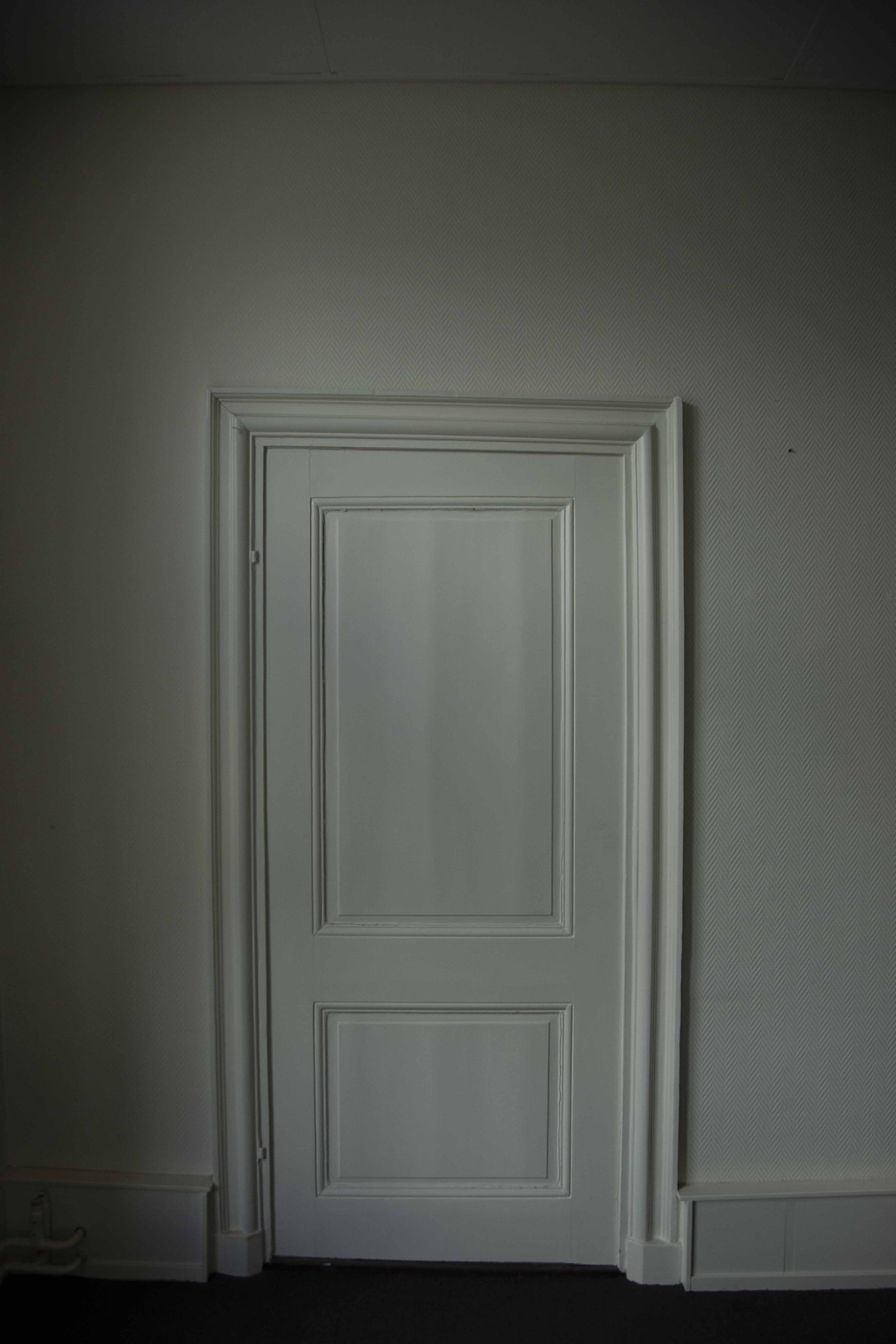
Catharina
Catharina le Chasseur (the Hunter in English) was originally the daughter of an innkeeper in Orléans, France. In 1507, she married the Dutch noble Gerrit van Assendelft (1487-1558) after her father forced her because he caught them having a one night stand. Gerrit realised he made a mistake marrying her and tried to leave her behind in France, while she was pregnant of their son. Despite his attempt, Catharina followed him to Holland and made sure she was acknowledged as his wife. For a while they lived together in what is called the Spaanse Hof (seen in the images). While fighting for the custody over her son they separated, but she still got to live in a nice house in The Hague in the Nieuw Straat. On the night of 11 February 1541, Catharina le Chasseur and her entire household were arrested for forgery. In the following trial, she was found guilty and sentenced to death by drowning (a normal sentence for women at that time). After this, the myth was brought to life how Catherina as a ghost taunted the places her husband lived, for a long time after he was gone. Random water damages were seen in the house, with no possible explanation.
When I read about the History of Catharina, I noticed the one dimensional way of her story being told. All I could read is how Gerrit van Assendelft became a victim of her presence in his life. While to me this woman fought for her existence, was smart, underrated and unloved by her family in law because of her low class and for being a foreigner. By telling her story, and looking for her in the places she was last seen, I hope to show what is left of the woman. To me Catharina was a woman and a mother during hard times, trying to make the best of a situation she was forced into.
Lastly, there’s no information whatsoever of what she looked like. No painted portrait, only the word ‘beautiful’ as a description. Being faceless we now see her as a ghost. I see power in the ghostlike form she has taken in our stories, but in that time having a portrait painted meant to be respected. So, by combining multiple faces of female renaissance painters (who, one way or another, all went through the same as Catharina) a new face was created. If they had met that time, i like to think that one of these painters must have made her portrait (scroll down to see her face).
The portraits of the following female Rennaisance painters were used to make Catharina’s face: Fede Galizia, Judith Leyster, Lavinia Fonatana, Sofonisba Anguissola, Elisabetta Sirani and Catharina van Hemess

























